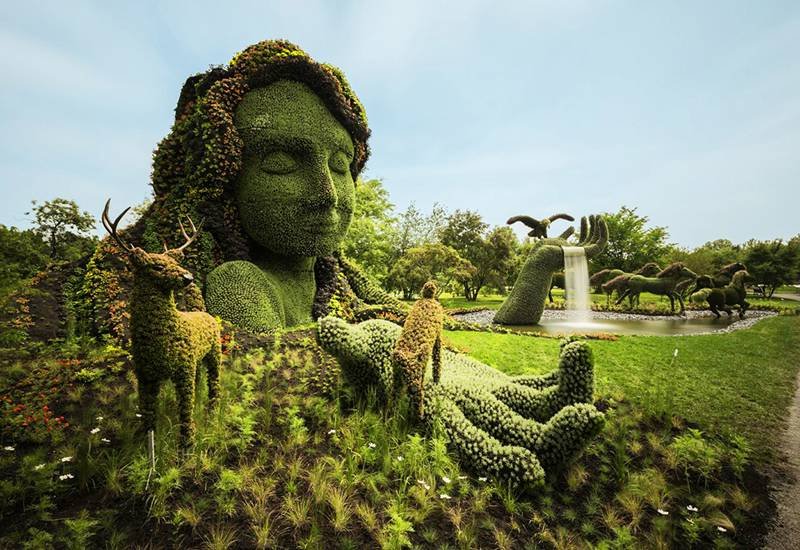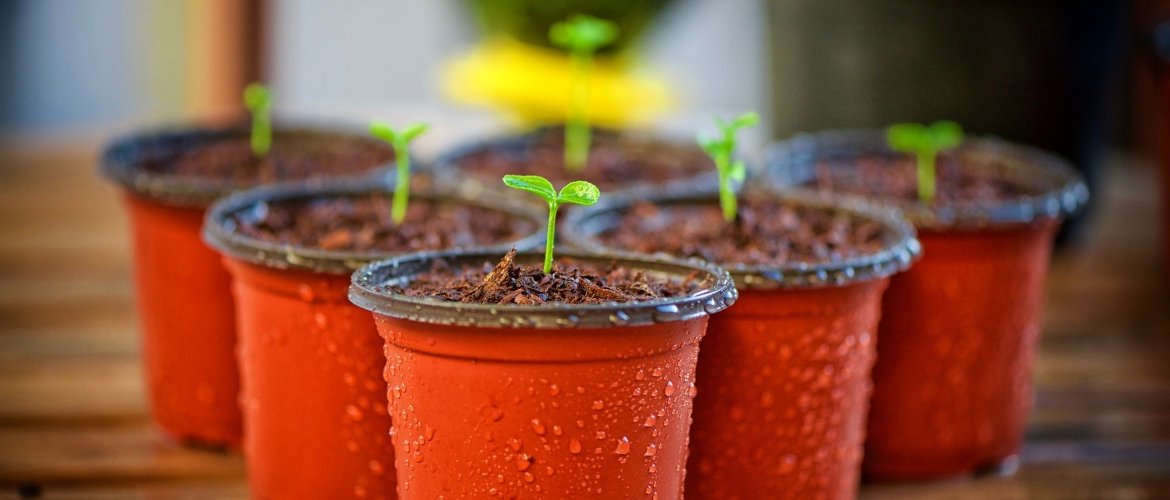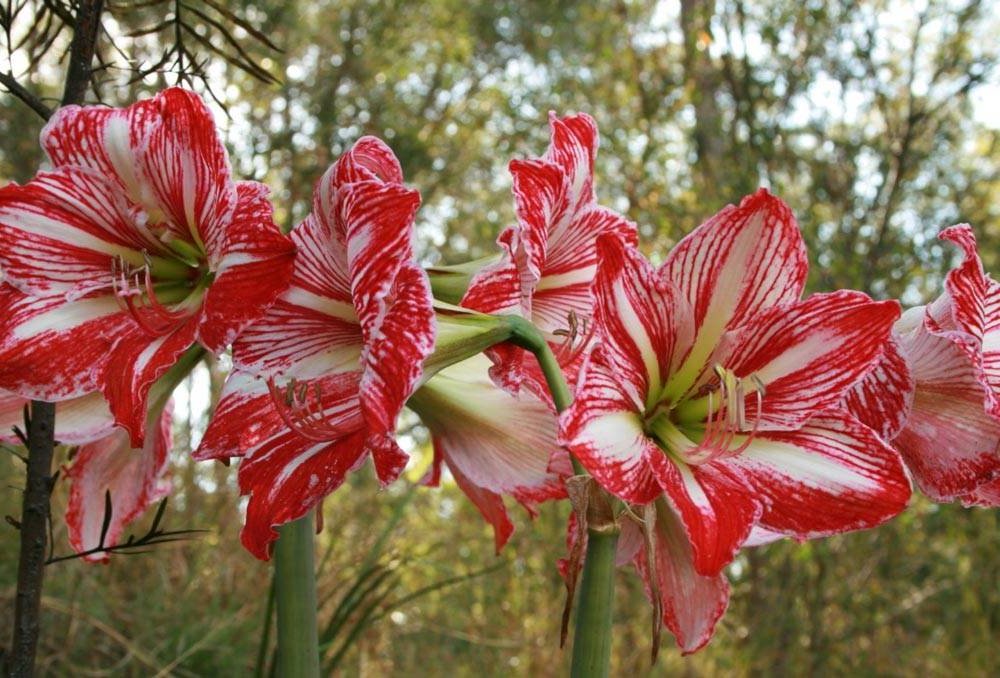The Montreal Botanical Garden
When we go sightseeing, the favorite points of interest are usually monuments and museums, but there are gardens that are well worth a visit. This is the case of the Montreal Botanical Garden, in Canada, an open-air enclosure full of works of plant art that could compete with any gallery.


The attractive figures that have given it worldwide fame are spread over an area of more than 70 hectares. It is only closed on Mondays and, at this time of the year, when it reaches its full spring splendor, its doors are open to the public from nine in the morning until five in the afternoon.

As a true oasis, the local residents are very proud and rival the tourists as the main visitors. The truth is that having a lung like this just a couple of steps away is very tempting, since it is a respite from the stressful day to day life. In addition, in summer the outdoor area is free of charge for everyone.

The architects of its creation were Marie-Victorin, brother of the Christian Schools and enthusiastic botanist, and Heinrich Teuscher, landscape architect who designed this garden. The inauguration took place in 1931, but it was not until the 1970s that it reached its true apogee. Today, it has about 200,000 plants and is divided into several themed gardens: Japanese, Chinese, rose garden, alpine...

The magnificent topiary pieces are the result of the Mosaïcultures Internationales Montréal, an event held every summer, which last year attracted more than one million visitors. These horticultural works leave those who observe them speechless with their perfection and beauty. From the bird tree to the man who planted trees, each example is a nod to creativity.

In addition to these works of art sculpted in grass, shrubs or flowers, which are the most spectacular attraction of the botanical garden, there is a part dedicated to dissemination. One of these didactic resources is the Insectarium, one of the most important in the world. Nor should we lose sight of the activities in February and August related to butterflies, where it is possible to learn everything about their life cycle.

This enclosure promises a comprehensive experience to the public. In March, a tasting of maple products is organized in the tree house. Between September and October, the Chinese garden is decorated with silk lanterns and children have the opportunity to learn calligraphy. In summer, the Japanese garden hosts a tea ceremony and regular ikebana courses.

What do you think of these green sculptures? Don't they look like a real fairy tale? Certainly, this Canadian garden is worth a visit. If you decide, get off at the Pie XI subway station. You will find it on one of the corners of the city's Olympic Stadium. The entrance fee for an adult is around 19 dollars.




